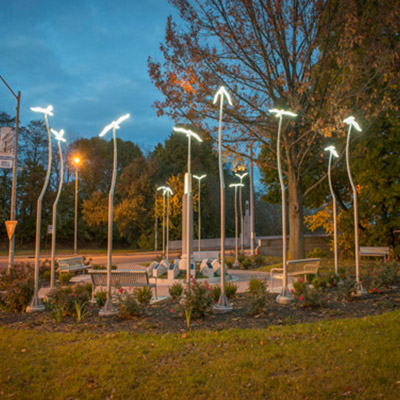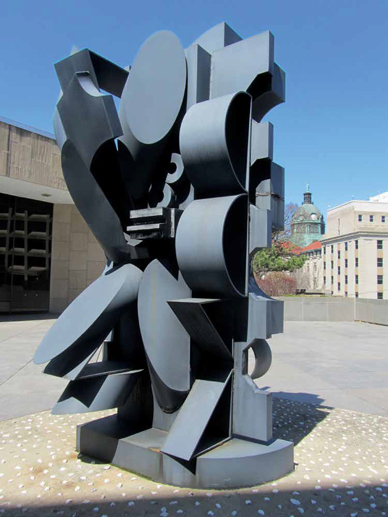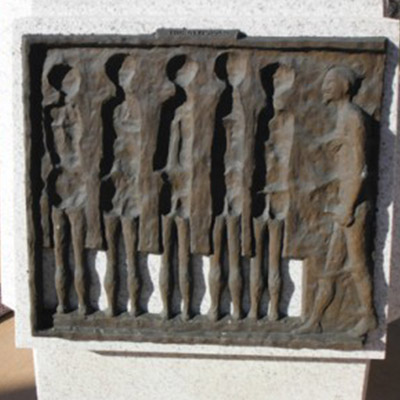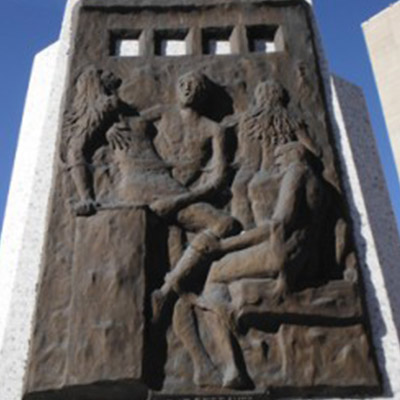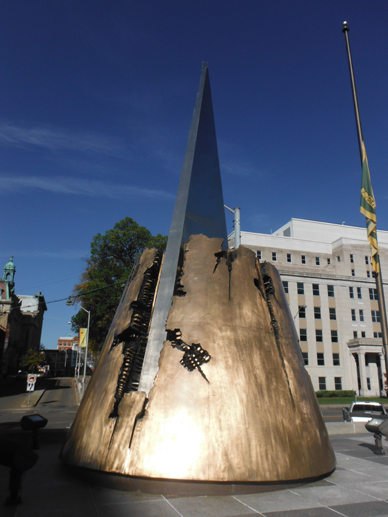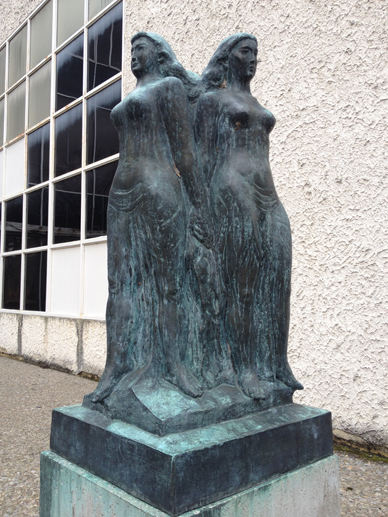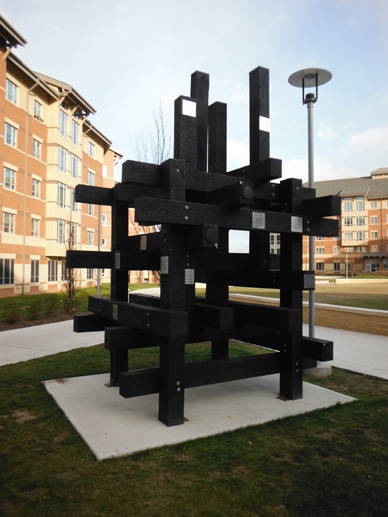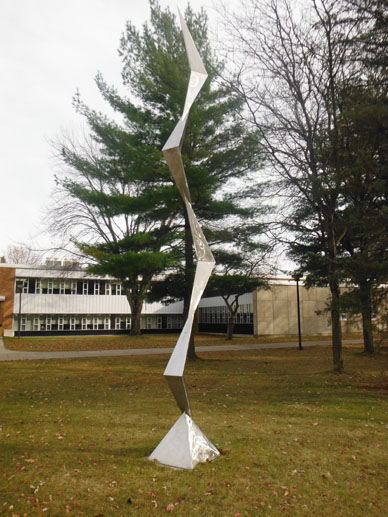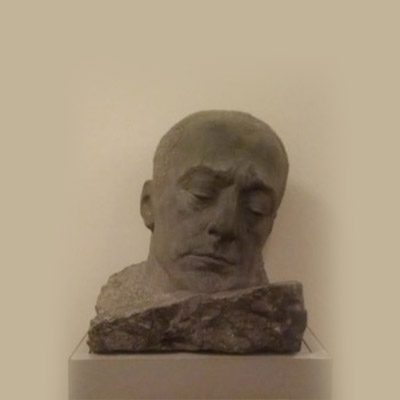Reviewed by Lee Shepherd
Something old, something new and something smacking of a midlife crisis!That phrase characterizes Saturday’s fine Binghamton Philharmonic concert in a nutshell.
Performing at Binghamton University’s Anderson Center, the orchestra revisited Brahms’ Symphony No. 1 in C minor, Op. 68 and Beethoven’s Piano Concerto No. 3 in C minor, Op. 37 and introduced the program with a sparkling new work, Tri-Sattawat by Thai composer Narong Prangcharoen (commissioned by Maestro Jose-Luis Novo’s other orchestra, the Annapolis Philharmonic).
Tri-Sattawat (“Three Centuries”) was an hors d’oeuvre to whet our appetites for a work commissioned by the BPO (from Juilliard faculty member Behzad Ranjbaran) to be premiered at the end of the season.
In Tri-Sattawat, the evolution of the Earth starts slowly and builds with ferocious energy, using percussion sounds that recall a South Asian gamelan orchestra. Bassoonists Lynn Hileman and Melissa Kritzer, as angels of heaven, outdid themselves on their extremely difficult parts. Tuba player Adam Peck was called on to sing and play at the same time. Percussionists Daniel Fabricius and Joel Smales performed on both traditional instruments and a few that might have been invented by PDQ Bach. At its climax, the work brought to mind Stravinsky’s Rite of Spring in its primal driving rhythms.
So what’s with the mid-life crises?
Having learned that his deafness would progress to be total, Beethoven had just emerged from a severe depression to tackle the rest of his life with new resolve when he wrote his third piano concerto. He debuted it at a benefit concert (to support himself) and played the solo.
Last Saturday (Sept. 27), splendid British concert pianist Michael Roll displayed great technical prowess and supreme sensitivity to the diverse emotions and moods in the work, earning a standing ovation. A prolific performer from a young age, Roll has obvious mastery over both the concerto and his instrument.
Brahms waited until he was in his 40s to compose his monumental first symphony – and it took him 20 years to write it. He was afraid to follow and falter in Beethoven’s footsteps, intimidated by Beethoven’s musical genius. He also felt he couldn’t do the work justice until he’d matured. The resulting masterpiece was worth waiting for.
At the symphony’s start, the timpani pound out a spine-tingling knock of fate at the door, setting us up to strive through the piece for some high-reaching goal. In the beautiful and tender second movement, concertmaster Uli Speth angelically soared over the orchestra. The third movement is impish, dancelike and playful and the fourth turns heroic, much like Beethoven’s Symphony No. 9 in D minor, Op. 125.Here was the glorious melody that you’ll sing for days.
The Binghamton Philharmonic, including many new faces among the seasoned performers, once again pulled off the fantastic feat of preparing a very difficult program in very few rehearsals. They are well deserved of the long applause and standing ovation they received.
COMING UP: The 2014-2015 season features symphonic concerts on Nov. 9, Feb. 22 and April 18 and chamber concerts on Dec. 7, Feb. 15 and April 12. Visit binghamtonphilharmonic.org for details.


